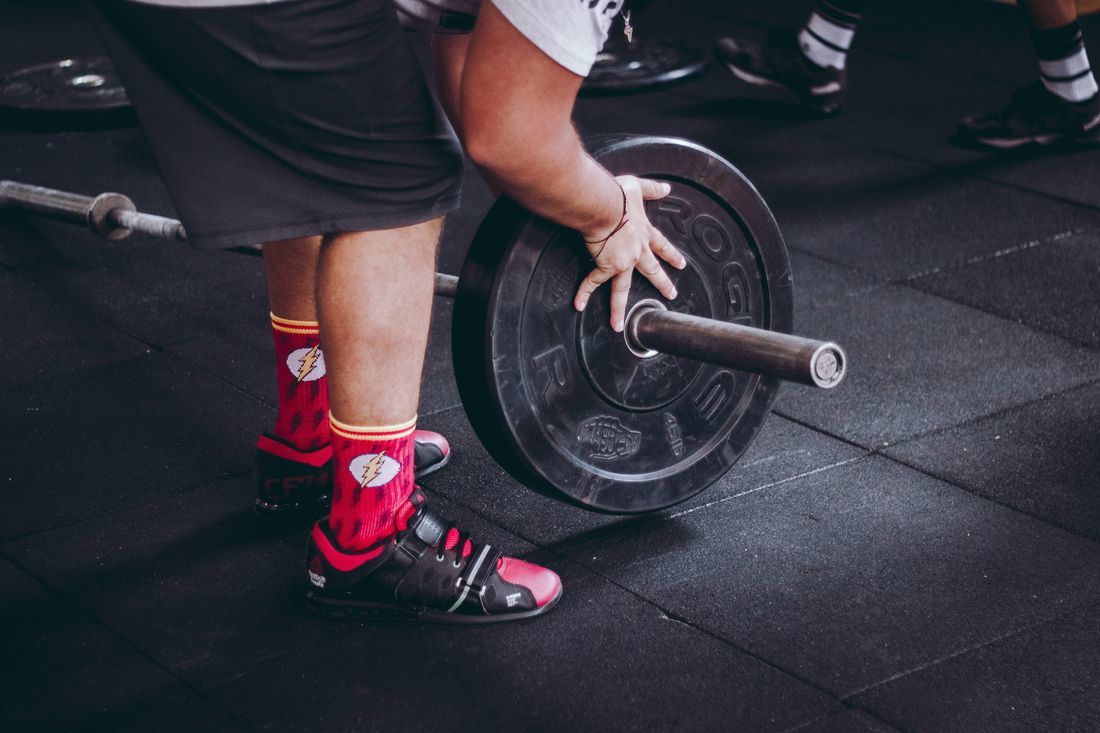|
As an Osteopath I get asked countless times about how to do certain exercises. I see loads of people come in complaining of injuring themselves while exercising. It’s when I ask them to show me how they’re doing the exercise I can clearly see their technique is incorrect and that’s probably why the injury has occurred. So many people think that because they have been doing the exercises for a long time and haven’t previously had an injury that their technique isn’t the issue. I’m sorry to say that’s just not the truth in so many cases. The two main exercises I find seem to really cause injuries and issues for patients are deadlifts and squats. So today I thought I’d share my suggestions on improving your technique and hopefully minimise injuries.
Deadlifts If you look like you’ve got a hump in your back when deadlifting, you are going to get lower back pain at some point. If you continue lifting like that, you will almost certainly experience some of the extremely painful episodes may not be just as simple as a strain or sprain. Lifting with poor technique and like this or with is an easy ticket do doing some much greater damage.
On the other hand, if you deadlift like the image on the right, you are much less likely to suffer from a low back injury.
The Do’s when Deadlifting:
Follow this technique advice and your lower back should be pain-free. Squats Tip #1: Know what kind of squats you’re doing and do it right!
For back squat, you’re either doing high bar squats or low bar squats.
On the high bar back squat, the bar is placed on top of your upper back or traps, almost the bump that you can feel at the base of the neck. If you are using this variation, your body needs to be more upright during the movement. If you try to sit back too much, the bar gets further away from your centre of gravity. As a result, your low back takes the strain as it has to extend to make up the shortfalls, vice-versa, if you are leaning too far forward, the leverage on the lower back loads the very lowest joints in your lower back, and similar to the deadlift, can result in some serious pain and damage. On the low bar back squat, the bar is lower on your back and it placed in the middle of your scapula (shoulder blade) and it sits on your rear deltoids or the big muscle that covers your actual shoulder. On this variation, you need to lean forward more. This variation will take the stress off your low back.
Tip #2: Keep your low back tight
Tip #3 Brace your abdominal muscles If you are recovering from an injury here are some easy steps to get you back to the gym and exercising again.
1. Rest. This doesn’t mean go sit on your couch for a week without doing anything. We want to retain as normal function as possible whilst promoting pain-free movement patterns. The more we can normally move without pain, especially in the lower back with bending and twisting, the more the body is able to drain the area and stop things from ‘Locking up’.
2. See a good Osteopath, acupuncturist, or massage therapist.
3. Foam Roller. Roll back and forth over the painful areas, slowly and carefully for 5-10 minutes or until you start to feel a decrease in the discomfort. 4. Ice/Heat.
My Big fat disclaimer: I hope that you find this information and tips on improving your technique helpful and informative. For your information, I have also published an ebook on the Cross fitters guide to Osteopathy which will hopefully help answer some questions you might have about Osteopathy and its role in Crossfit. Until next time. Stay safe and train smart.
And follow the link below if you would like to read the ebook
|
How exercise can help your low back pain!

Posted By locky
01/12/2018
08:00 AM
